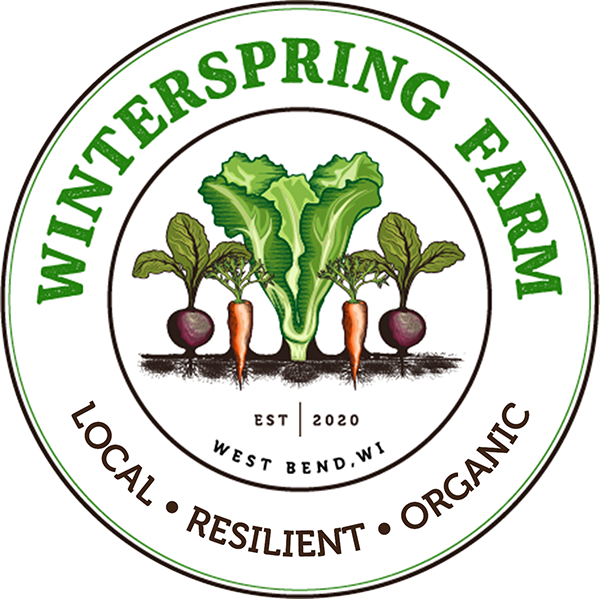Collards
Culinary Use, Storage, & Benefits
Vegetable Profile: Collards (Brassica oleracea, Acephala group)
Description
A beloved member of the cabbage family, collards offer blue-green, bitter-sweet leaves that are tender and broad. It is sometimes called "tree cabbage". Although it originates from the Eastern Mediterranean, it was first brought to North America by Africans, who cultivated it throughout enslavement by colonists. The tradition of cooking the greens down into a smooth paste, and using the pot likker (or juices) is of African origin.
Nutrition
Collards, although a cool season crop, are warming to the body. They energize the process of making blood, as well as the function of the lungs, stomach, and liver. It contains potent antioxidants with anticancer, antiviral, antibiotic, and antifungal properties including diinodolymethane and sulforaphane. They also contain minerals like calcium and magnesium, best absorbed when cooked. When eaten fresh, they offer much vitamin C. The classic bitter flavor of collard greens is a welcome sign of its supreme abilities to enhance digestion and metabolism.
Storage
Collards store best in a water-tight container in the crisper drawer for 4-5 days. Don't snooze on them, as they will start to turn yellow or wilt with age.
Use
Cook down with a small bit of broth, water, or other liquid for 30 mins-1 hr to release the nutritious minerals and vitamins inside the cell walls (and get that delicious pot likker!). It can also be finely chopped like confetti and added to salads. Another great use is to just pack it away in a freezer bag and freeze for later use.
Sources:
The New Whole Foods Encyclopedia by Rebecca Wood
Asparagus to Zucchini by Fairshare Coalition
Produce: A fruit and vegetable lover's guide by Bruce Beck
Our own experience!


